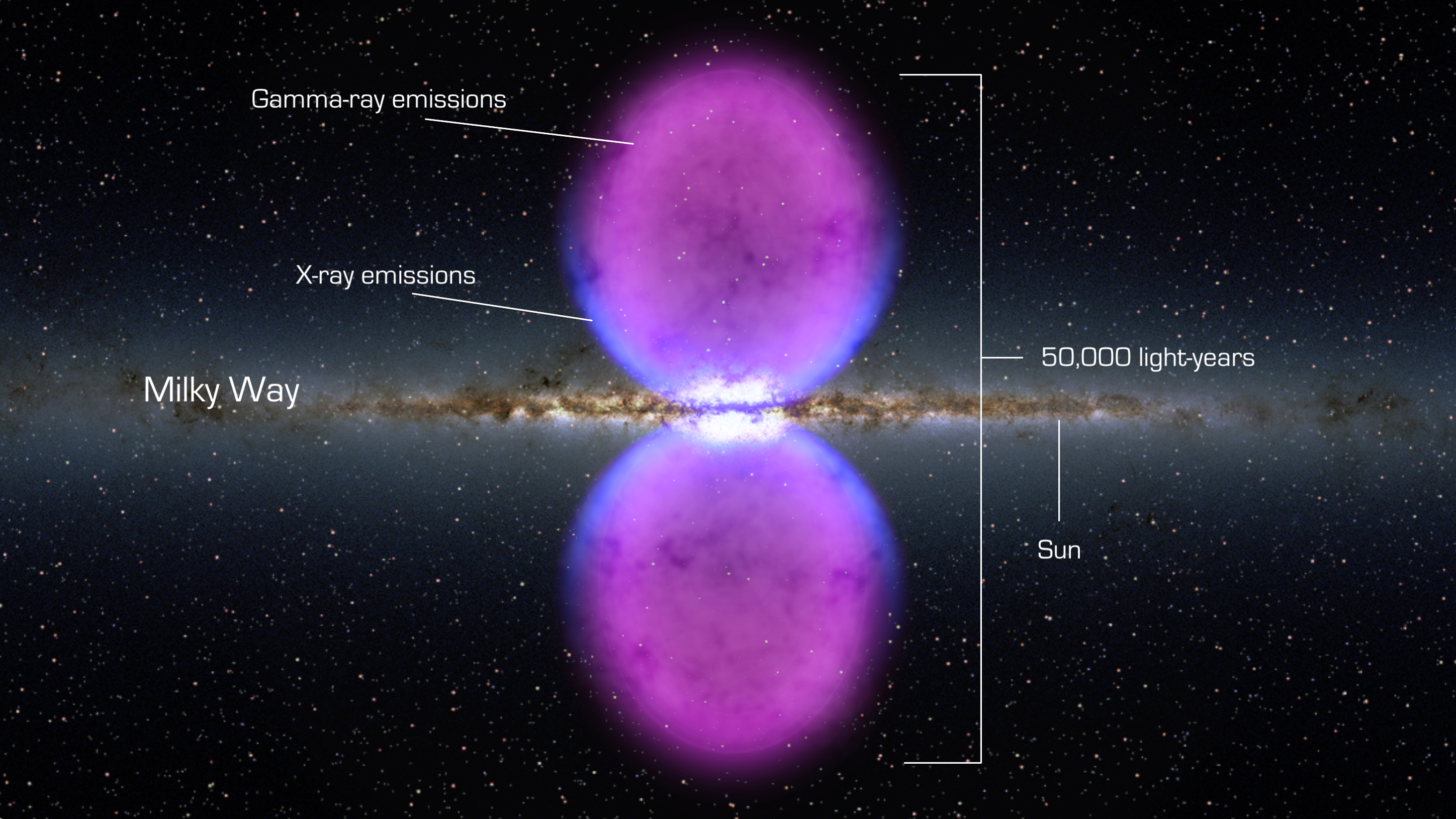Mass is a central concept in physics. Yet, when people go looking for it by…

Hannes Alfvén’s Galactic Circuit
Hannes Alfvén, who won the Nobel Price in physics in 1970, proposed in his time an electric model of galaxies. According to this model, plasma currents are drawn in at the plane of galaxies, and subsequently pushed out through their poles. Much of the current goes back down to the plane, where it reenters the galaxy, thereby forming what Alfvén called a galactic circuit.
The model is simple. Positive ions are drawn in through the plane, and pushed out at the poles. Electrons and negative ions go the other way.
Recent confirmation
This was viewed as rather speculative back in his days. But recent mappings of magnetic fields in and around our galaxy indicate that he was right. A large current appears to be moving through our galaxy precisely as modeled by Alfvén.
This suggests that every galaxy in the universe forms an electric node with Alfvén’s characteristics.
Pearls on a string
From other observations, we know that galaxies tend to line up like pearls on a string. This indicates that they are connected, presumably by plasma currents that drive the entire system.
But every node must necessarily leak some energy into space. So, we must once again conjure up an energy supply. The most likely being that every star is a contributor to the galactic current. It is the stars in galaxies that supply the energy to compensate for leakage.
This would mean that all galaxies are giant electric accelerator that act as amplifiers of galactic currents.

By Credit: NASA’s Goddard Space Flight Center – http://www.nasa.gov/mission_pages/GLAST/news/new-structure.html, Public Domain, Link



I support Wal and Don in the Cosmic Web generator theory. Each massive filament is really a series of concentric rotating plasma cylinders, each with its own magnetic field. These have inductive- electric effect and self generate DC. The stars are merely energy transformers at the end of the chain, powered by the galactic circulating currents in the ISM.